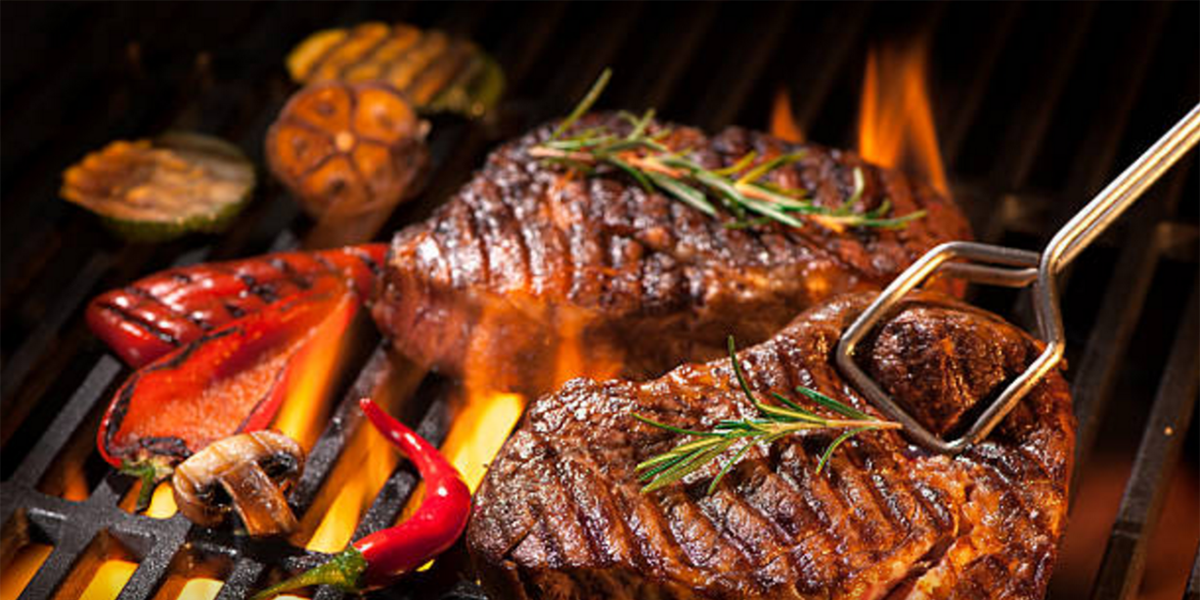I once toured the location of an old slaughterhouse and meat packing plant. On the back side, trucks brought in live cattle. On the right side, trucks lined up to pack in choice meats – filet, porterhouse, rib eye, sirloin, tenderloin, T-bone, as well as brisket, chuck, ground beef, and more, all cut, cleaned, processed, and packaged – for delivery to customers near and far.
On the left side, another stream of trucks picked up refuse. Bones, feet, hair and skin, heads, hooves, organs, fat and gristle, blood and guts, excrement and more were cut, stripped or washed away, then gathered, loaded, and delivered to other customers.
Most discerning clients clearly knew the difference between fine, packaged meats and putrid piles of waste. Attempting to substitute a delivery of dung, guts and gristle by calling it “steak” would certainly initiate immediate rejection, refusal to accept delivery, and perhaps even legal action and monetary and contractual penalties. Furthermore, one assumes most dining patrons certainly knew then, and still know now, the difference between genuine steak and fake steak.

Published on LinkedIn on 7/4/2020.




